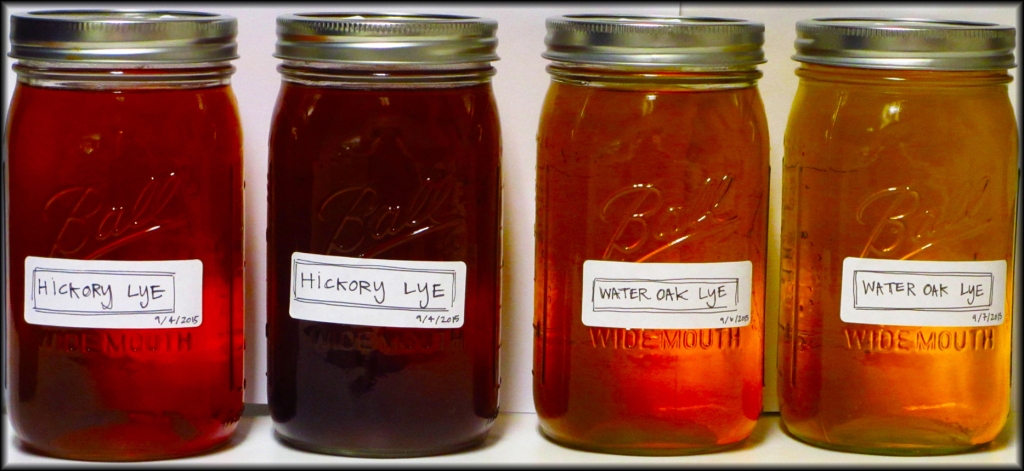
Whole kernel, nixtamalized hominy.
Let us be clear–this post is about making your own nixtamalized hominy, your own boiled maize kernels that have been soaked in an alkaline substrate, which will not only make processing them easier, but will also enhance their flavor. If you simply want to soak your dried corn in water then grind/cook it, this is not the post for you. You may argue that this is hominy just the same, but I’m taking a historical perspective–for centuries, hominy was nixtamalized, maize and alkaline treatment married in a prolific foodway. This may not be the hominy you know, but this is the hominy you will soon learn to make if you keep reading. Continue reading




